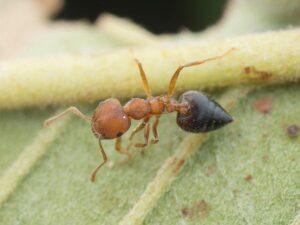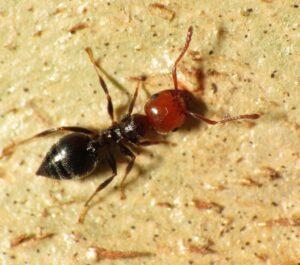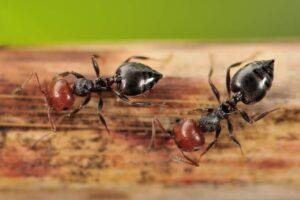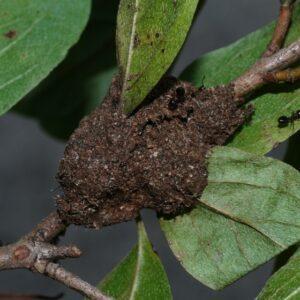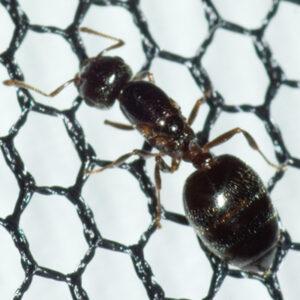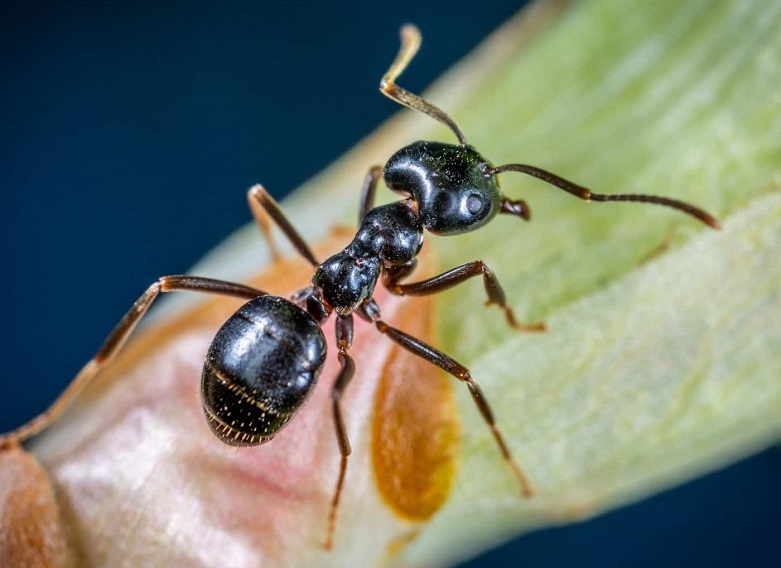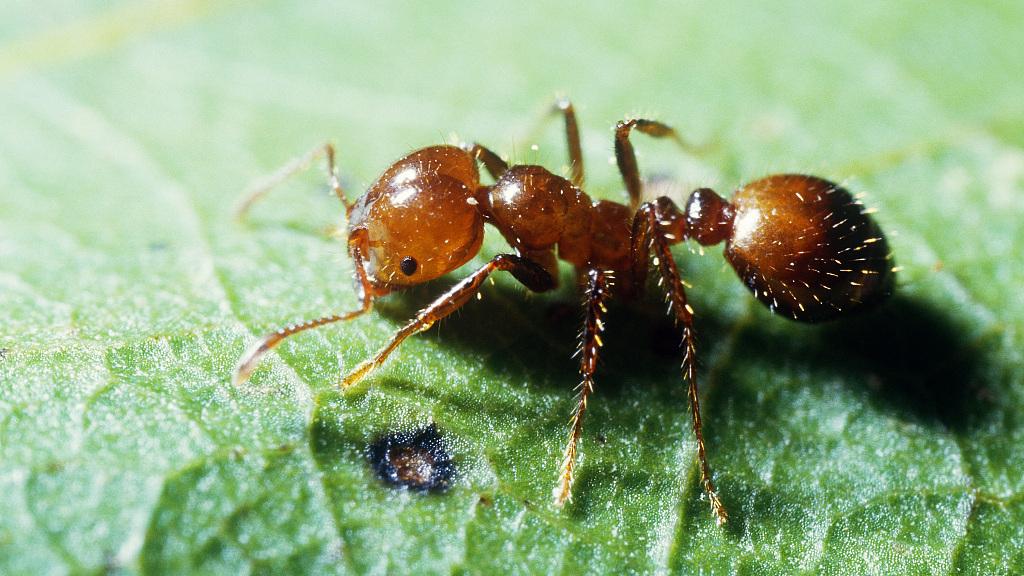Acrobat Ant (Crematogaster spp.)
Updated on
17/11/2022Acrobat ants are the different species in the genus Crematogaster that are characterized by heart-shaped abdomens or gasters. This is why they are also known as Saint Valentine ants. Their behavior of raising their gasters when alarmed has also earned them the name, cocktail ants.
Scientific Classification
- Class:Insecta
- Order:Hymenoptera
- Family:Formicidae
- Subfamily:Myrmicinae
- Tribe:Crematogastrini
- Genus:Crematogaster
Conservation Status
Description
The average size of the acrobat ant is 1/8-3/8 in (3.2-10 mm). It is light black or brown in color and can even be multicolored. Its antennae have 11 segments with 3-segmented clubs.
Distribution: All over Florida and the southeastern United States.
Habitat: Trees, under rocks, collections of wood (like firewood); common, moist, and dark areas in the wild and also indoors, around electrical wires.
Do They Bite/Sting: Yes.
Lifespan: Around 1-2 years.
Predators: Spiders, snails, snakes, and lizards.
Behavior and Characteristics
Diet
Acrobat ants eat other small insects like wasps, termites, grasshoppers, etc. They catch wasps by detecting the chemical signals released by them. For others, they use contact. They stun their prey with their venom and use a complex trail-laying method to lead other acrobat ants to the food. They carry their prey to their nest using pad-like projections.
The ants also feed on honeydew, a sugary excretion of aphids and mealybugs. Inside a house, they are attracted to sweets and meat.
Defense Mechanism
When in a conflict, the ants can secrete venom by flexing their gasters to kill or repel their offenders. They are able to raise their abdomens above their heads and thoraxes and point them in any direction they like. The effectiveness of the venom varies significantly with the attacker. They can bite when threatened, and the workers of some species can also give off an unpleasant odor when disturbed.
Acrobat ants also aggressively defend the plants where they take shelter or the neighboring plants against their predators.
Social System
The acrobat ants make castes according to their duties. The divisions are made on the basis of physical traits and behavior. The soldiers have developed venom secretion glands to defend their colonies and acquire food. Worker ants are smaller than the queens and soldiers and help the queen in rearing the young. They vary more in their size than the soldiers.
Swarming
The winged males and females belonging to the genus are the swarmers. When the weather conditions are right, they leave their nests to mate and start new colonies. Active swarming occurs from mid-June to early September.
The winged queen mates with a single winged male during a nuptial fight. The male dies shortly afterward. Eventually, the queen lands and sheds her wings as she doesn’t need them anymore. On the other hand, the large female workers with sizes between that of the queen and the small workers produce unfertilized eggs that develop into males in colonies that don’t have queens.
Comparison with Similar Species
Carpenter Ant
Carpenter ants (Camponotus spp.) are bigger and lack the heart-shaped gasters of acrobat ants.
Fire Ant
Fire ants have oval abdomens in contrast to the heart-shaped ones of acrobat ants.
Getting Rid of Acrobat Ants
Acrobat ants pose severe damage to properties. They occasionally strip the insulation of telephone and electrical wires, leading to short circuit. They usually don’t destroy the wood in a structure significantly but can exacerbate the damage done by other wood-boring insects.
Their entry into the house can be prevented by sealing exterior cracks. Removing rotten stumps or logs and branches can eradicate their nests. They can be eliminated by using insecticides and getting rid of moisture in walls.
Source
arrownj.com, terminix.com, bugguide.net, inaturalist.ca,




